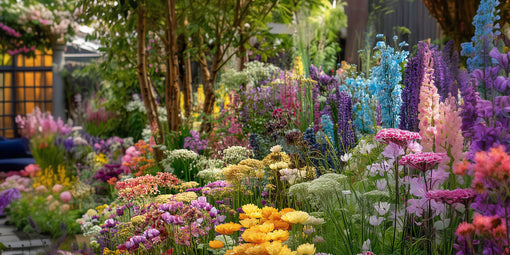
- Article published at:
Drawer menu

Flowers have long held a profound significance in human culture, acting as powerful symbols that convey a spectrum of emotions and qualities. Their beauty, diversity, and fragility have made them timeless messengers of human sentiment.
From flowers that symbolise love and joy to mourning and remembrance, flowers possess a unique language that transcends verbal communication. As we approach International Women's Day on the 8th of March, explore a captivating subset within the world of flowers that eloquently symbolises femininity..
Join us as we dive into the fascinating realm of flowers that distinctly capture the essence of femininity. Each bloom unfolds a unique story, showcasing the diverse facets of womanhood.
The rose, an enduring classic in the botanical realm, stands as a poignant symbol of both love and femininity, especially the pink rose. Its velvety petals and intoxicating fragrance have made it an emblematic representation of the delicate yet resilient nature of femininity.
Often associated with romantic love, the rose has transcended cultural and temporal boundaries to become a universal icon of affection and grace. Pink roses also signifies sweetness, gratitude, and admiration, reflecting a softer and more nurturing dimension of the feminine spirit.

The lily, with its elegant and ethereal presence, serves as a compelling symbol of purity and refined beauty in the intricate language of flowers. Renowned for its pristine white petals and graceful form, the lily has been embraced across cultures as an emblem of untainted femininity.
Its association with purity is deeply rooted in cultural and historical contexts, where the flower often appears in religious and mythological narratives as a representation of innocence and divine femininity. In various traditions, lilies have been adorned religious icons and paintings, underscoring its symbolic significance in connecting the earthly with the divine.
In addition to its transcendent qualities, the lily's refined beauty and timeless allure have made it a recurrent motif in art, literature, and poetry, further solidifying its status as a quintessential emblem of feminine grace and purity.
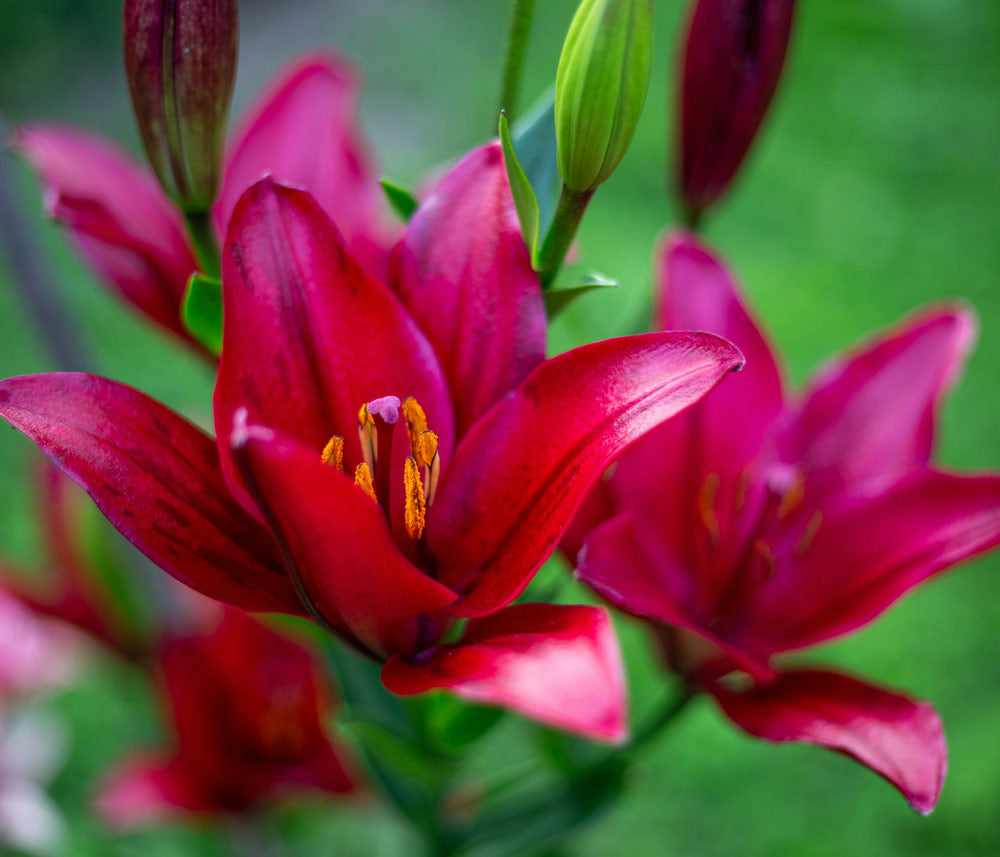
The peony, with its lush and opulent blooms, carries a profound association with grace, compassion, and femininity. Its voluminous, layered petals exude a sense of luxurious beauty, reflecting the multifaceted nature of the feminine spirit.
The peony is often regarded as a symbol of grace, embodying qualities of elegance and charm that resonate deeply with perceptions of femininity. Beyond its aesthetic allure, the peony holds cultural significance across various societies, each offering unique interpretations of its representation of the feminine.
In Chinese culture, the peony is considered the "king of flowers" and is a symbol of wealth, prosperity, and feminine beauty. In Japanese tradition, the peony is associated with bravery and honor, attributing a sense of strength to the feminine essence. Across different cultures, the peony emerges as a versatile and timeless emblem, capturing the essence of femininity in its many dimensions.
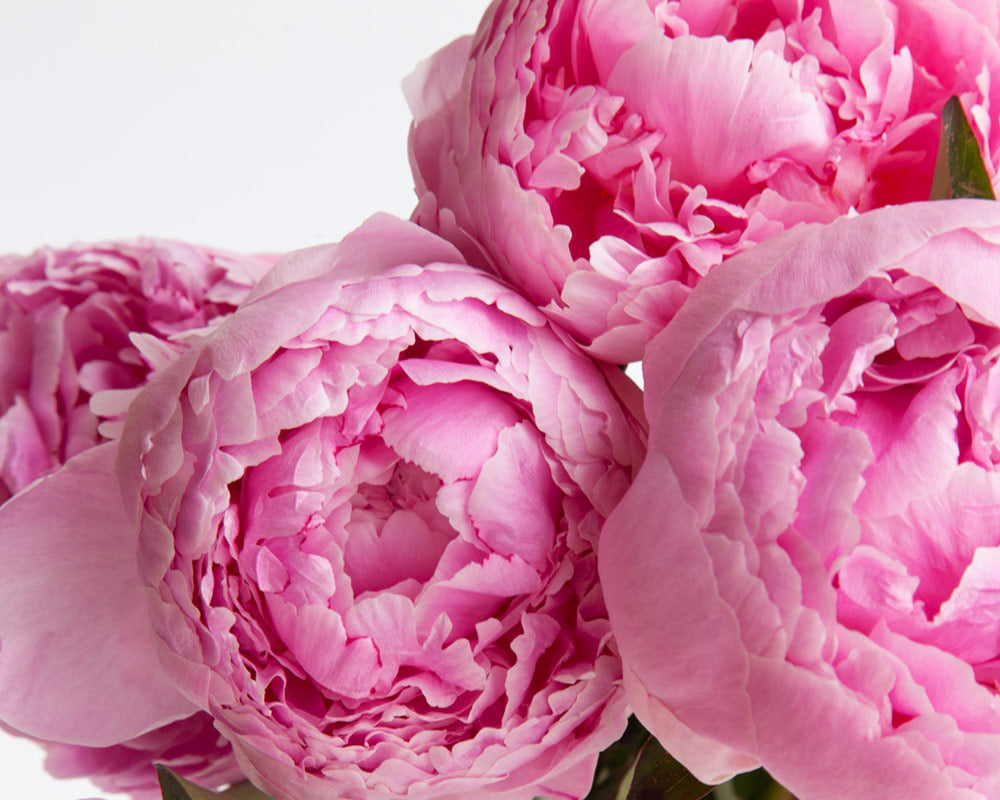
The sunflower, with its vibrant golden petals and towering stature, emerges as a powerful symbol of warmth, positivity, and feminine energy. Often turning its face towards the sun, the sunflower embodies a radiant optimism that mirrors the uplifting qualities associated with femininity.
Its cheerful and exuberant demeanor serves as a testament to the sunflower's representation of positive energy, making it a beacon of hope in various cultural contexts.
The sunflower's connection to female strength and resilience is deeply rooted in its ability to withstand harsh conditions, reaching for the sun even in challenging environments. In this way, the sunflower is often seen as a metaphor for the indomitable spirit of women, symbolising their capacity to thrive and bloom in the face of adversity.
The sunflower's robust symbolism, encapsulating both warmth and strength, makes it a fitting emblem of the powerful and resilient nature inherent in the feminine essence.
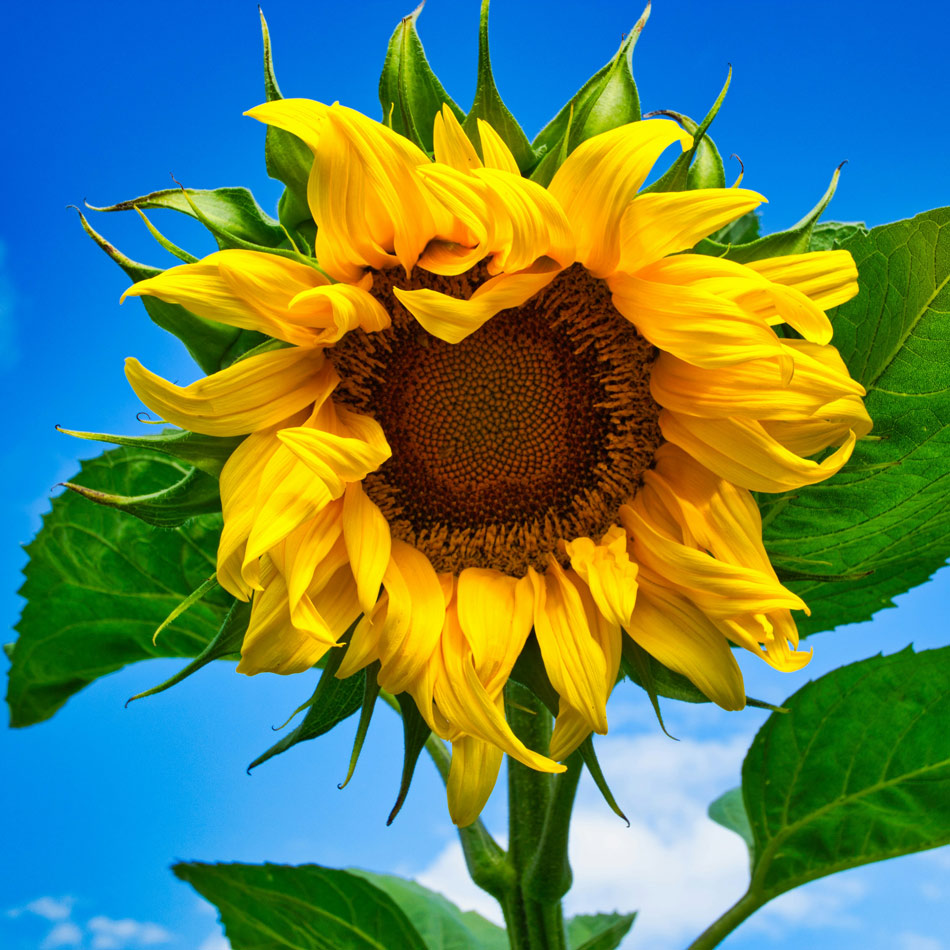
The orchid, known for its captivating and intricate blossoms, serves as a symbol of beauty, strength, and exotic femininity. Celebrated for its enchanting allure, the orchid's delicate yet resilient nature mirrors the diverse aspects of feminine strength.
The orchid's unique and intricate floral structures convey sophistication and allure, making it a potent representation of exotic femininity. Different types of orchids, such as the Phalaenopsis (moth orchid) and Cattleya, each carry distinct characteristics and connotations.
The Phalaenopsis orchid, often referred to as the moth orchid, is linked with grace and elegance, embodying a refined form of femininity. In contrast, the Cattleya orchid is associated with love and passion, reflecting a more intense and fiery aspect of the feminine spirit.
With variations in appearance and symbolism, these orchids collectively contribute to the rich representation of beauty and strength in the spectrum of feminine qualities.

The iris, with its unique layered petals and vibrant colours, stands as a powerful symbol of wisdom, faith, and feminine mystique. In the language of flowers, it represents qualities beyond mere beauty, delving into a deeper and more mysterious aspect of femininity.
Named after the Greek goddess Iris, who served as a messenger between gods and mortals, the iris is associated with wisdom and communication. Its intricate structure and bold colours convey complexity and depth, aligning with the mysterious facets of feminine mystique.
Historically, the iris has been tied to femininity, with ancient cultures connecting it to divine realms. In Egyptian mythology, it symbolised the link between heaven and earth through the goddess Isis.
These historical associations establish the iris as a timeless symbol, capturing both the spiritual and alluring dimensions of feminine nature. It remains a flower resonating with enduring grace and depth. We often include iris flowers in our British grown seasonal flower arrangements.
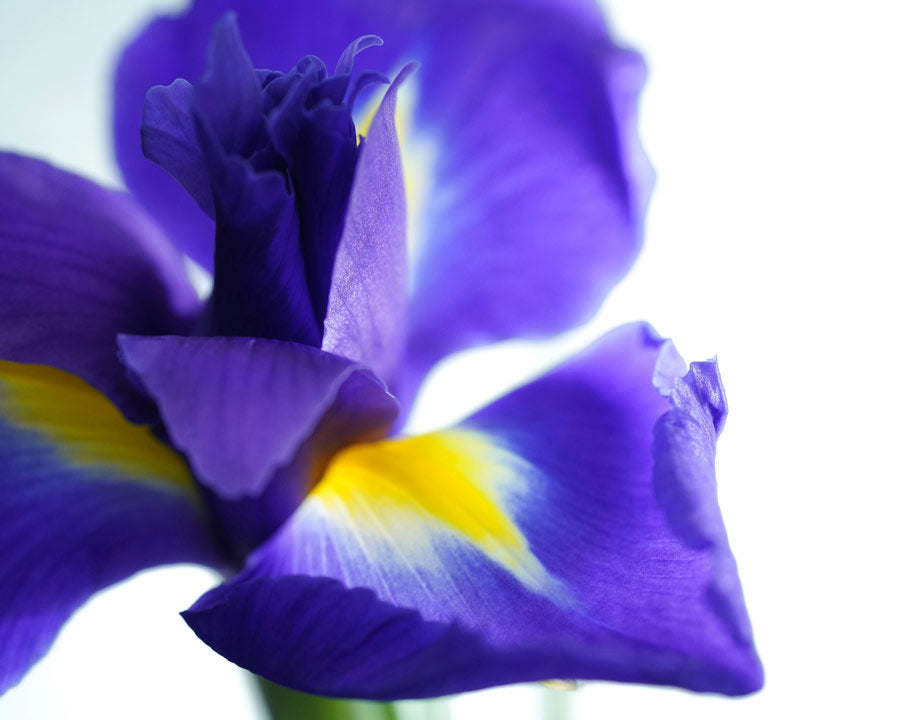
The jasmine flower, with its delicate white blossoms and captivating fragrance, is intricately linked to sensuality and grace in the world of feminine symbolism.
Its sweet and alluring scent has long been associated with expressions of sensuality, embodying the essence of feminine allure and charm. The graceful and cascading blooms evoke a timeless and captivating beauty.
Culturally, jasmine holds deep significance in representing feminine charm across various traditions. In many Asian cultures, the jasmine flower symbolises purity and grace, often worn by brides to enhance their beauty and evoke a romantic allure.
In the language of flowers, jasmine signifies elegance and amiability, solidifying its role as a nuanced emblem of feminine charm. Whether gracing gardens or adorning women, the jasmine's association with sensuality and grace establishes it as a symbol that transcends borders, capturing the delicate yet powerful facets of femininity.
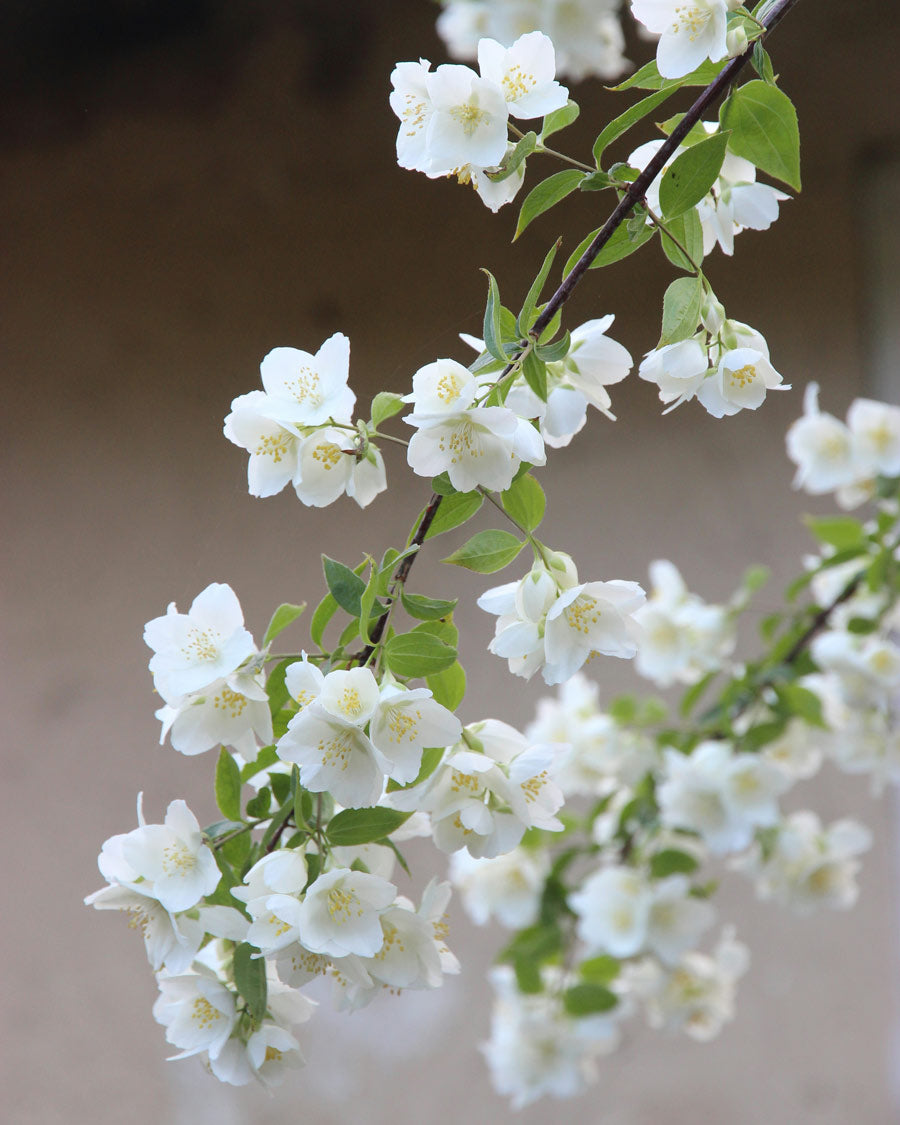
The unassuming daisy, with its simple and charming presence, symbolises innocence and simplicity in the world of femininity.
The daisy's pure white petals surrounding a sunny yellow center convey a sense of purity and youthfulness, embodying innocence in its most natural form. Culturally, the daisy has been associated with various meanings related to femininity.
In Victorian flower language, the daisy represented loyal love, serving as a token of affection exchanged between loved ones. Additionally, in folklore, the daisy is linked to the concept of the "innocent eye," reflecting its unspoiled and genuine nature.
The simplicity of the daisy's design and its common presence in meadows and gardens contribute to its timeless appeal as a symbol of uncomplicated beauty. It serves as a reminder of the enduring charm found in the purity and simplicity of the feminine spirit.
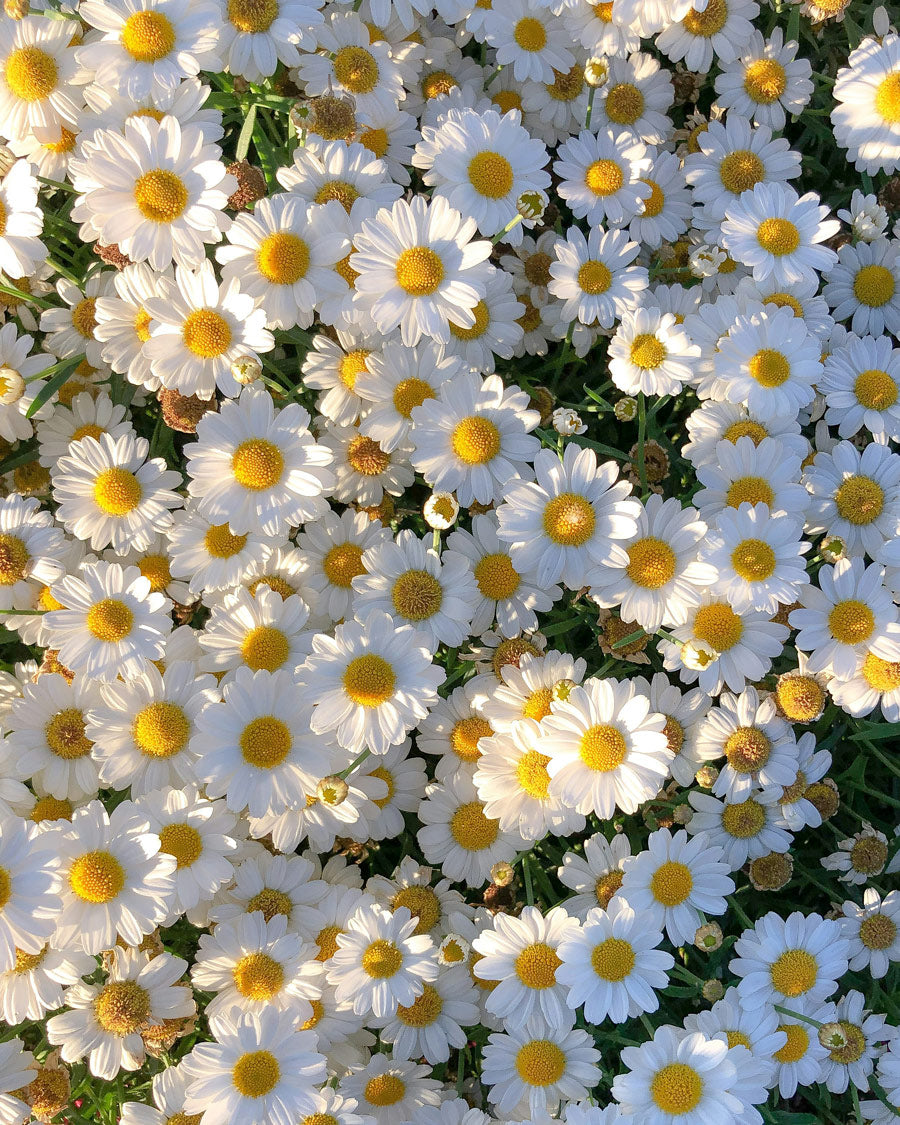
The cherry blossom, with its brief yet stunning bloom, represents ephemeral beauty and femininity. This delicate flower, known for its short-lived but intense blossoms, highlights the transient nature of life and emphasizes the inherent ephemeral beauty in the feminine spirit.
The symbolism of the cherry blossom resonates deeply in various cultures, particularly in East Asia, where it holds significant meaning in the context of femininity. In Japan, the cherry blossom, or "sakura," stands as a lasting symbol of life's fleeting nature and the beauty found in impermanence.
As the blossoms cover landscapes in shades of pink and white, they evoke a sense of purity, grace, and delicate strength that defines the feminine essence. The cultural meanings associated with cherry blossoms extend to themes of renewal, femininity, and the cyclical nature of existence, making them a lasting symbol that beautifully captures the essence of both transient and enduring feminine beauty.
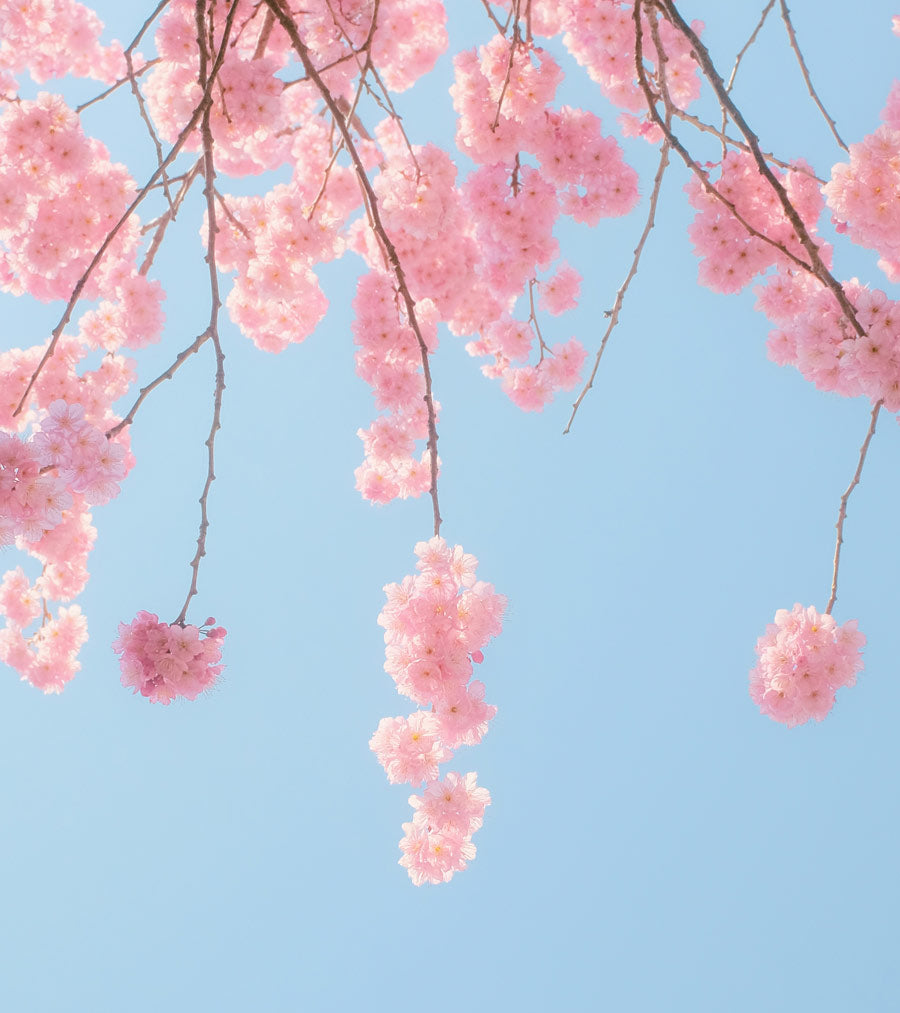
The camellia, with its lush and symmetrical blooms, serves as a captivating symbol of love, passion, and purity, adding profound meaning to the floral landscape.
Known for its velvety petals, that makes it a flower that look a bit like a rose, and rich hues, the camellia stands as an emblem of enduring love and deep admiration. In the language of flowers, the camellia is associated with messages of love and longing, making it a cherished symbol in romantic contexts.
Cultural and literary references to the camellia as a feminine emblem are abundant, especially in East Asian cultures. In Japan, the camellia, known as "tsubaki," holds a place of honor and symbolizes the divine, embodying qualities of purity and love.
In Chinese culture, the camellia is often linked to femininity and beauty. Additionally, literary figures like Alexandre Dumas have immortalized the camellia in their works, solidifying its status as a timeless emblem of feminine allure.
The camellia's multifaceted symbolism captures the nuances of love and purity, making it a flower that transcends borders and eras in its representation of the feminine spirit.
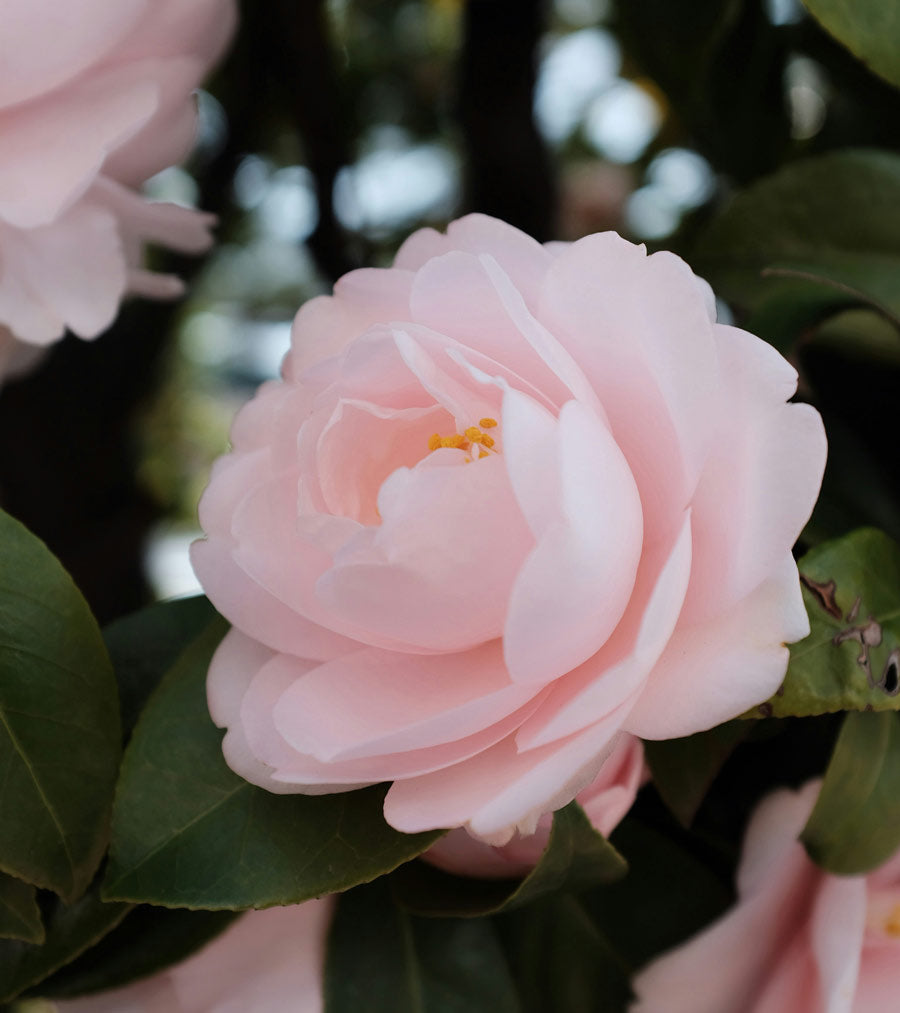
In conclusion, the world of flowers tells a captivating story of femininity, where each bloom narrates a unique tale of grace, strength, and beauty. From the timeless allure of the rose symbolising love to the otherworldly purity embodied by the lily, and the exotic charm of the orchid, these floral emblems create a rich tapestry that resonates across cultures and time.
The daisy whispers of innocence, the sunflower radiates warmth and resilience, and the jasmine exudes sensuality and grace. The iris carries an air of wisdom and mystique, while the camellia encapsulates love, passion, and purity.
Lastly, the cherry blossom paints a poignant picture of ephemeral beauty. Cultures worldwide have embraced these blossoms as symbols of femininity, infusing them with meanings that go beyond mere aesthetics. As we explore this enchanting garden of symbols, we're reminded of the intricate and diverse facets that define the feminine spirit—a celebration of beauty, strength, and grace in all its forms.